Invictus and Raider X: two competitors among promising combat helicopters for the US Army
Did not reach the finish line
For many air lovers, the phrase Future Attack Reconnaissance Aircraft (FARA) says little. Meanwhile, this is one of the most important aviation contests of our time. Formally, the new attack helicopter for the US Army should replace the modest "Kiowa" - a light multipurpose reconnaissance aircraft. But in fact, we are talking about the formation of the appearance of a combat helicopter of the future, capable of solving reconnaissance and strike missions at a qualitatively new level. It should be faster and more stealthy than any other attack helicopter, including the AH-64, which FARA will also partially replace.
Only five companies presented their ideas in this regard. At the moment, the appearance of all helicopters as a whole is formulated and presented to the public. Until recently, the list of candidates for the victory looked like this:
- Raider-X from Sikorsky;
- Bell 360 Invictus from Bell Helicopter;
- a helicopter from Boeing;
- helicopter from AVX Aircraft and L3 Technologies;
- AR40 from Karem.
The last project was presented by Boeing. Like supposed the author of the material, he did not get on the short list: now the US Army has announced that it has chosen projects from Sikorsky (Raider-X) and 360 Invictus (Bell Helicopter). As part of the new phase, participants will build flight prototypes: their testing should begin in the first half of fiscal year 2023. Then the military will choose one helicopter, which will begin to be produced in the late 2020s.
Why did the US Army opt for these particular vehicles? In short, their creators proposed the most thoughtful and comprehensive solutions. Sikorsky and Bell have advanced further than others in developing or at least promoting their aircraft.
Raider-x
Recall that Raider-X is nothing more than an improved and approximately 30% increased Sikorsky S-97 Raider helicopter, which first flew into the sky in 2015 and is based on the old experimental X2. In the framework of the autumn exhibition AUSA (Association of the United States Army) 2019, we were first shown the images of the new rotorcraft.
Like its predecessor S-97, the Raider-X has a coaxial rotor and one pusher. This arrangement allows (at least in theory) to reach speeds of more than 380 kilometers per hour, which is unattainable for other military rotary-wing aircraft. The basis of the power plant is the General Electric T901 engine. The crew is located side by side, which makes the helicopter similar to OH-58, but moves away from the AH-64 with a tandem crew location. In one of the images, one can see guided air-to-surface missiles located on internal holders. They also want to equip the car with a gun located in the bow. In general, the creators make the main emphasis on speed and wide functionality, allowing (again, theoretically) to get something in between the Kiowa and the AH-64 Apache.
Some features of the helicopter may become disadvantages. Thus, the machine has an innovative layout that increases risks and increases the final cost. At the same time, the US Army made it clear that it was not going to buy a "golden" helicopter and would take into account the price. Also, the military may be confused by the location scheme, which is not too optimal when it comes to solving strike tasks: a tandem arrangement of crew members that did not limit the review would look like a more thoughtful solution, but this is only the subjective opinion of the author.
Bell xnumx invictus
I would like to call the new Bell helicopter a reincarnation of the Comanche, but this is not entirely true. And although Invictus looks like a RAH-66, it’s not at all an “ultimate” stealth: the creators took into account the negative experience of that project and decided not to repeat the mistakes of the engineers of the 90s. The shape of the fuselage is designed not only to reduce radar visibility, but to improve the flight performance of the machine, which, unlike the conventionally revolutionary Raider-X, is based on the classic layout.
It is known that 360 Invictus technology is based on the technical solutions of the civil Bell 525 Relentless, which has been flying for a long time. Unlike the hero of the chapter itself. The fact is that the Bell 360 Invictus now exists only as a layout - Bell does not have its own prototype, like Sikorsky. But there are spectacular animated videos, on one of which the helicopter “cheerfully” destroys the Russian T-14 and T-15 on the basis of “Almaty”. And on the other, it helps the Allied infantry, beautifully maneuvering among skyscrapers and ordinary houses.
It must be assumed that these are not the only videos that Bell specialists will show us. Alas, they cannot be used to judge the real combat potential of a combat vehicle. Today, it can be more or less confidently asserted that a helicopter will be able to carry up to eight air-to-surface guided missiles on external suspensions, and four more missiles in internal compartments. There is a gun. Two crew members are located one after another.
Obviously, Bell focuses on such important aspects as cost-effectiveness and commitment to proven technical solutions. That is, we are talking about minimal risk with a serious increase in combat potential - at least in comparison with the Kayova.
“The choice of the Bell 360 Invictus to continue with the FARA program is based on our longstanding legacy as an innovator in the creation of highly maneuverable reconnaissance helicopters,” said Mitch Snyder, President and CEO of Bell. “Our team has combined innovative thinking with proven technology to enable the army to meet requirements with minimal risk and invest in an aggressive schedule.”
The Final Battle
Interestingly, Bell and Sikorsky compete in another, no less significant project, the Future Long-Range Assault Aircraft (FLRAA), which aims to find a replacement for the multi-purpose Black Hawk. One of the main symbols of the US armed forces. Recall that Sikorsky and Boeing are working on the SB-1 Defiant, conceptually similar to the Raider-X and S-97 Raider. But Bell decided to take a chance by proposing the Valor tiltrotor, despite, to put it mildly, the ambiguous experience of the Americans operating another tiltrotor - the V-22 Osprey.
It is difficult to say which helicopter the US Army will ultimately choose: both the Raider-X and the 360 Invictus, as we noted above, have their own advantages and disadvantages. The author is more impressed with Raider-X, although something suggests that the Bell 360 Invictus will nevertheless emerge victorious from this battle.
In turn, Sikorsky, as seen from the outside, has more chances to win the FLRAA contest. Even despite the fact that the V-280 Valor made its first flight in 2017, and today its test program has advanced significantly beyond the SB-1 Defiant test program, which completed its first flight in 2019.
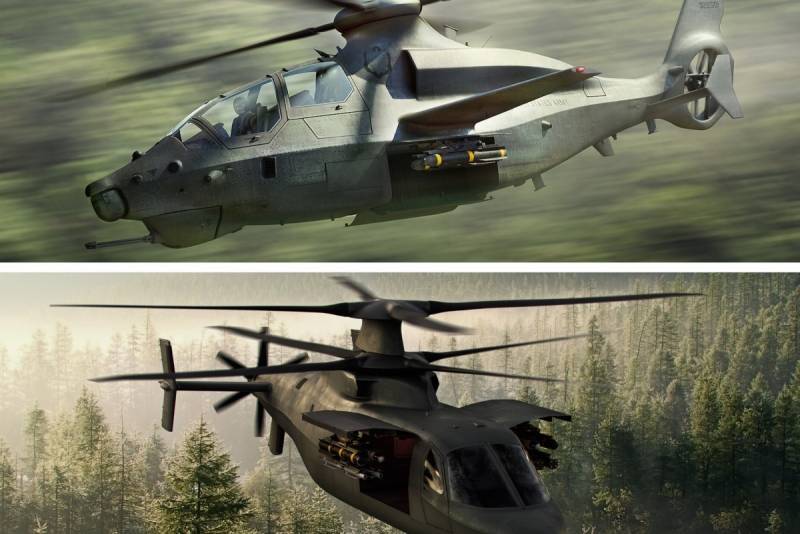
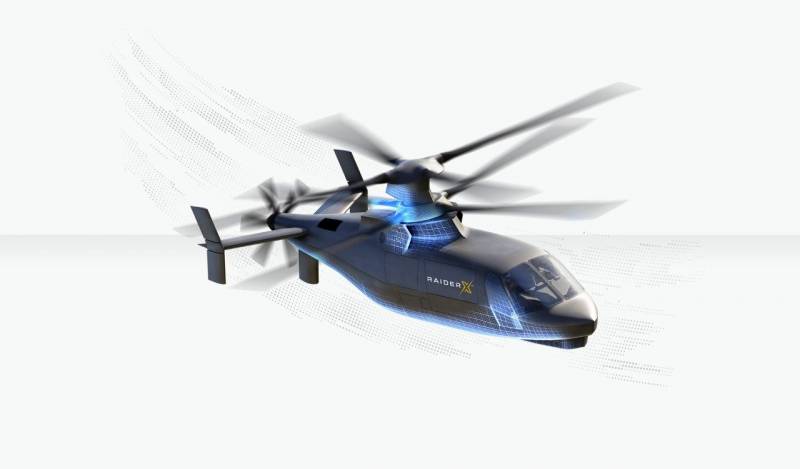
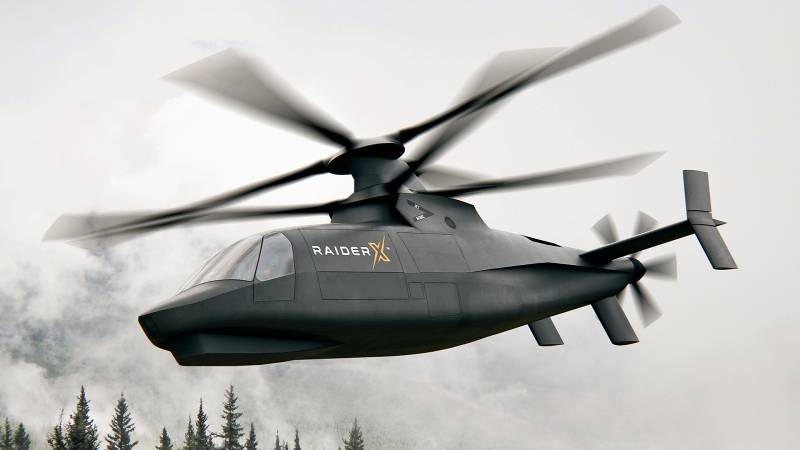
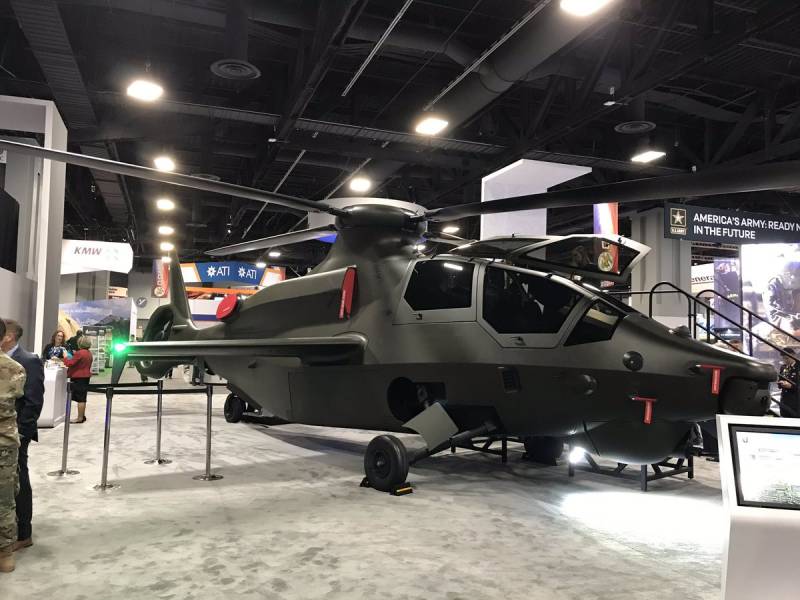
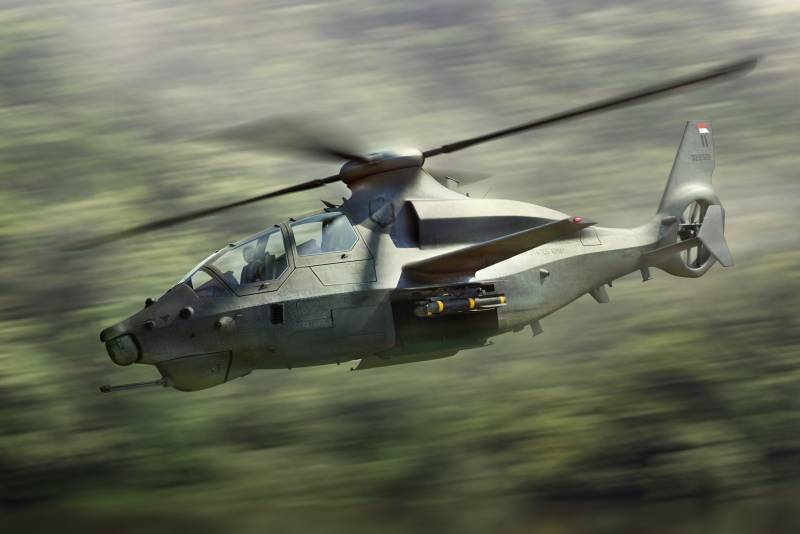
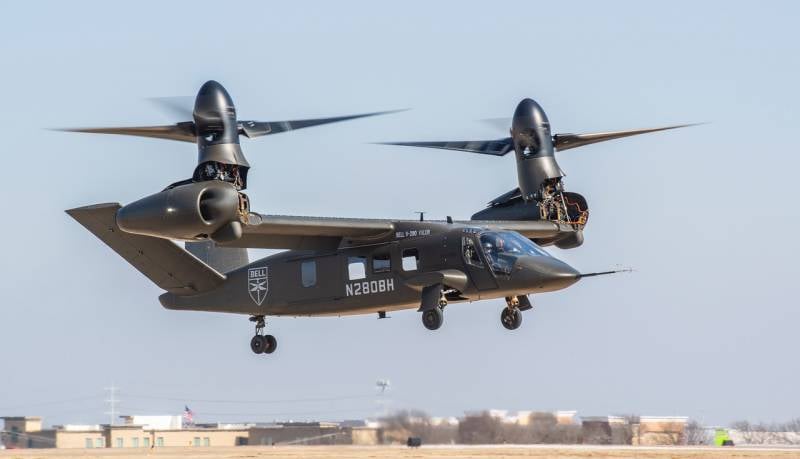
Information